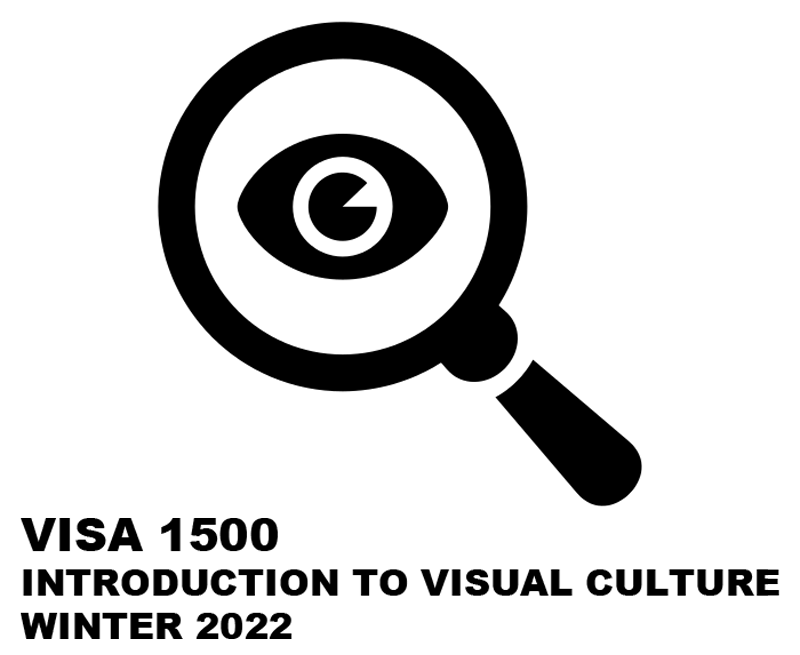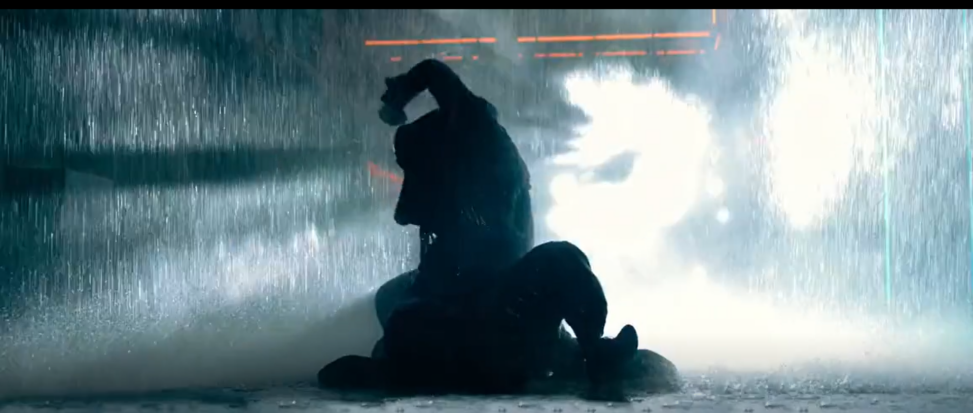I have always been a fan of action movies and John Wick is a classic example of one. “John Wick, portrayed by Keanu Reeves, is a legendary assassin known for his unparalleled skills and relentless determination.” ( Kuspiyah p5).
John Wick 4 “is a 2023 American neo-noir action thriller directed by Chad Stahelski and written by Shay Hatten and Michael Finch, featuring Keanu Reeves reprising his role as the titular character. The film continues John’s relentless quest for freedom from the High Table, the clandestine organization governing the world’s most powerful criminal syndicates. To achieve this, John challenges the High Table’s authority, leading to a series of high-stakes confrontations across various international locales, including New York, Paris, Osaka, and Berlin. Along his journey, he encounters formidable adversaries and allies, such as the blind assassin Caine, portrayed by Donnie Yen, and the enigmatic Marquis de Gramont, played by Bill Skarsgård.” [ChatGPT 2025]
The image above is taken from a rain-drenched rooftop of the Osaka Continental Hotel. The scene is marked by its dynamic combat, blending martial arts with gun fight, its set against the scenery of a neon-lit city. In this scene John Wick uses the dark background and ambient lighting to his advantage. “The frame is carefully composed to emphasize motion and form, freezing violence as spectacle. The surrounding space is dark, minimalist, and industrial, emphasizing cold precision. The use of neon light against the rain-slicked rooftop surface creates a high-contrast, stylized visual palette, typical of the John Wick franchise’s neo-noir aesthetic. ( ChatGPT 2025)”
This image is indicative of the franchise’s commitment to violence as choreography. “As Wick battles his way through museums and beautiful cities, the film reminds us that art, all art, fine and popular–relies on violence.”(Hall 2) The action is never sloppy or chaotic, it’s calculated and balletic, more dance than brawl. The degree of violence is extreme but elegant: John is executing his opponent with mechanical efficiency, and the impact is softened by visual beauty rather than exaggerated gore. In terms of editing, this moment is preceded and followed by sequences composed of wide and medium shots that allow viewers to observe entire move sets in long takes. While there are cuts, roughly 25–35 per minute in this section, they are fluid and purposeful, cutting on action to preserve momentum. The editing style avoids disorientation, focusing instead on clarity and control. The scene’s rhythm is both rapid and readable, a hallmark of John Wick’s action design.
The gender and race dynamics in this sequence reflect broader genre norms. Both characters are male, and Wick, played by white actor Keanu Reeves, is framed as a disciplined master of violence. His opponents, in this scene, are predominantly Japanese or East Asian, stylized as equally disciplined warriors, sometimes drawing on stereotypical imagery of honor and martial arts mastery. While the film does attempt to portray them with skill and respect, it still positions the white protagonist as the superior force in combat. As for ability, characters exhibit near-superhuman endurance and combat skill. Wick withstands injuries that would incapacitate ordinary people, moving through the fight with relentless precision, portraying a physically and emotionally hardened antihero.
The ecology of the scene, the rain adds a dynamic element, slowing some movements, enhancing visual drama, and making the space feel unstable and alive. It adds weight to every fall and friction to every strike. The mise-en-scène here doesn’t just decorate the violence, it shapes it.
In a one-minute segment leading up to and following the still image, approximately 25 to 30 edits can be identified. The editing rhythm is deliberate and purposeful, maintaining visual clarity even amidst the chaos of close-quarter combat. Cuts are timed to coincide with physical movements, punches landing, bodies hitting the ground and weapons being drawn. “In this scene, Losef come to Aurelio‟s car shop and asked for a Vin number for the car that he had stole from John… After that, Aurelio hit Losef right on his face until Losef lay down the floor and then Losef‟s friend pulls a gun to Aurelio‟s head.” (Pauzan 56). This scene depicts how the directors use mise en scene to show violence.
The point of view (POV) shifts between over-the-shoulder shots, wide compositions, and medium close-ups. This variation keeps the spatial geography coherent while also grounding the viewer in John Wick’s physical experience. The camera movement is seamless and fluid, designed to feel almost invisible. It tracks Wick’s movements gracefully, often with long takes or continuous motion, creating the impression that we are floating alongside him through the fight. As for editing awareness, viewers are rarely made conscious of the fact that they are watching multiple shots spliced together. The edits are often masked by movement—when a character spins, ducks, or a weapon crosses the frame, a cut may occur seamlessly within that motion.
John Wick: Chapter 4 achieved significant commercial success, grossing $187,131,806 domestically and $253,048,469 internationally, totaling $440,180,275 worldwide. This installment surpassed its predecessor, John Wick: Chapter 3 – Parabellum, which earned $328,349,908 globally. However, it’s important to note that the relationship between media violence and real-life aggression is complex and influenced by various factors, including individual differences and environmental contexts.
Bibliography
Kuspiyah, Hastuti Retno, Deo Pratama, and Eka Agustina. “The Concept of Antihero Represented by John Wick in Movie “John Wick Chapter 4” by Chad Stahelski.” Procedia of Social Sciences and Humanities 6 (2024): 445-458.
Hall, Ann C. “John Wick: Keanu Reeves’s Epic Adventure.” Heroism Science 7, no. 2 (2022): 4.
“John Wick: Chapter 4.” Wikipedia. Last modified March 29, 2025. https://en.wikipedia.org/wiki/John_Wick%3A_Chapter_4.
Pauzan, Alfan Asyraq. “A Semiotic Analysis of the John Wick 1 Film Using Charles Sanders Peirce’s Semiotic Theory.” Skripsi S1. Makassar: Alauddin State Islamic University of Makassar (2018).


Angeldeep Kaur Bhullar
The breakdown of the last duel scene by the student in John Wick: Chapter 4 is an intensive analysis of the thematic and cinematic aspects provided within this climactic and gripping moment. It is well laid out and serves well to relate the scene to how it’s a culmination point of John Wick’s journey in illustrating themes of determination and redemption. The student carefully examines how the duel is not only portrayed as a physical fight but also as a symbolical confrontation, which emphasizes the strength and firmness of the protagonist.
One of the greatest strengths of the analysis is the focus on visual composition, or how the lighting and camera angles help build the tension of the duel. The student is correct in describing how the use of shadows and light as juxtaposition is used as a metaphor for moral confusion and inner turmoil in John Wick. In addition, how the wide-angle shot encompasses the two fighters on the same plane effectively conveys the gravity of the moment. Nevertheless, there can be yet more enrichment for the analysis provided through the combination of additional academic perspectives, such as those articulating further commentary on how contemporary action films stage honour and vengeance.
The chosen photo does depict the fierce duel adequately, capturing the intense concentration on John Wick’s face. The critique would be more suitably served, however, by indicating the particular framing’s contribution toward advancing the story trajectory and the visual narrative typical of the John Wick series. Including a brief analysis of how the sound design, i.e., the diegetic gunfire and footsteps noises, heightens realism and engages the audience in tension, would enrich the critique.
Moreover, while the analysis takes into account the duel’s physicality, it would be interesting to take into consideration how the choreography mirrors the overall thematic tension between sacrifice and survival. Additionally, taking into account how the presentation of duelling as ritualized violence by the film with remarks on societal expectations of justice would be a more understated reading.
Lastly, the analysis of the student is insightful and logically structured to present a thorough deconstruction of the climactic duel scene. If more scholarly analysis and continued contemplation about the socio-cultural implications of stylized violence had been included, the critique would have a more complete and scholastically dense analysis.